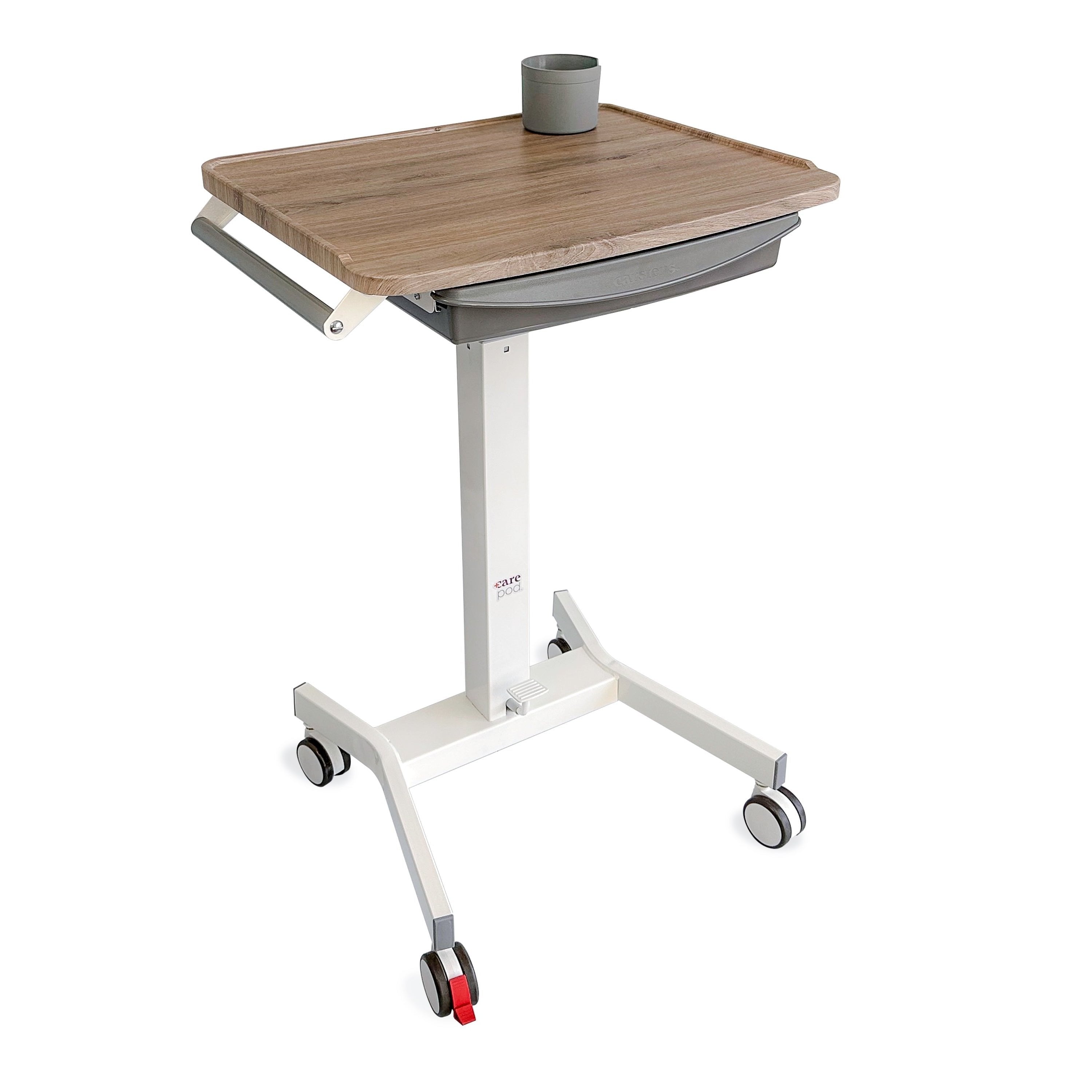Natural disasters and unforeseen events can strike at any time. While you can’t predict the future, you can equip yourself with the tools needed to respond to a crisis.
Hospitals are no strangers to demanding situations. Not only do hospitals need to manage the onset of the pandemic, medical settings are at high risk for fires and power outages. Recent studies also revealed hurricanes and storms to be a significant driver for medical disasters. How can your disaster manual keep you prepared?
We’re going to break down the must-haves of the modern medical disaster manual so you and your patients can stay safe.
The Increase in Medical Disasters Today
The need for bolstered safety measures cannot be overstated. Hospitals remain hotbeds for outbreaks, fires, and power outages. Even a glitch in electronic medical records can postpone vital appointments or surgeries.
A powerful example of the need for disaster preparation are hurricanes. The United States has seen several hurricanes of various severity in the past few decades. Among the best known hurricanes to date are Harvey, Katrina, and Irma. Hurricane Harvey took dozens of lives, many of which could have been saved with improved disaster awareness.
While a disaster manual won’t solve underfunded shelters or ill-equipped medical centers, it’s still a vital tool for staying safe. Let’s take a look at the benefits of paper charting and what your disaster manual should have.
The Medical Disasters Your Manual Should Cover
Before we dive into the specifics of the disaster manual, let’s narrow down what the actual disasters are.
Natural Disaster
As stated above, a single natural disaster can do severe damage to medical facilities if they’re not prepared. Include the following in your manual:
- Hurricanes
- Storms
- Wildfires
- Floods
- Earthquakes
Chemical Accidents
Medical facilities are home to many hazardous chemicals. Include the following in your manual:
- Chemical leaks
- Explosions
- Radioactive spills
Accidents
Medical neglect and human error can be as devastating as any natural disaster. Include the following in your manual:
- Car accidents
- Train crashes
- Equipment malfunction
Disease Outbreaks
The pandemic is entering its third year. Hospitals are already familiar with the need to keep disease at bay, but you can never be too careful. Include the following in your manual:
- SARS
- Meningitis
- Ebola
- Colera
- COVID-19
Chemical Agents
While not as common a disaster as natural incidents or disease outbreaks, chemical agents are still a serious threat. Include the following in your manual:
- Nerve agents
- Blister agents
- Tear gas
We know medical staff need a little extra help when doing their jobs. We’re proud to provide American-made toolkits, binders, and filing systems to our front-line workers.

Create an Emergency Response Checklist
Now to start drafting out your disaster manual, which should be carefully outlined in paper charts and photocopies. Despite the unique traits of each disaster, emergencies require a similar response across the board.
Clear Communication
When a disaster strikes, clear and reliable communication is key to survival. Make sure you factor in useful tools like satellite phones, two-way radios, and back-up cell phones.
Not only do you need to have communication tools on hand, make sure your disaster manual assigns clear roles for medical staff. For example, jot down notes of which staff member should contact the fire department or relief agencies.
Maintaining Service Capacity
When a hospital is compromised for any reason, the main goal is to keep operations running smoothly. Your disaster manual should have resources and guidelines for keeping medical staff adequately equipped to treat patients.
Essential features need to be ranked in terms of priority to ensure patients are served in a timely fashion, such as:
- Back-up power
- Water
- Oxygen
- Blood transfusion
- Anesthesia
Related: Top Nursing Trends For 2022
Keep Up With the Supply Chain
The pandemic has drastically impeded the global supply chain. Your disaster manual should have a plan of action to ensure your medical establishment is receiving must-have items.
Just a few of the factors you should record for your manual include (but aren’t limited to):
- Medications
- Basic supplies
- Blood donations
- Vaccinations
- Everyday equipment
Related: Electronic Medical Records: Pros And Cons
Keep a Firm Hold on Staff Capacity
Your medical establishment needs more than equipment. Without adequate medical staff, your clinic or hospital will struggle to meet the needs of patients.
Your disaster manual needs a clearly defined plan of action to handle elements such as:
- Transfers
- Scheduling
- Emotional support services
- Shift rotation
- Communications
Steady Surge Capacity
Not only do hospitals struggle to run efficiently during a disaster, they will also experience a higher influx of patients. Your disaster manual must have methods of handling a stark increase in injured, sick, and elderly patients.
This part of the manual needs to include methods of increasing the following:
- Bed volumes
- Critical care spaces
- Inter-facility patient transfers
Ongoing Recovery Plans
Once the disaster has ended, your medical establishment will need a plan for recovery. Your disaster manual will be key in providing tired employees and scared patients with direction.
Add the following details to your disaster plan to ensure your establishment is better prepared in the future:
- Employee recovery assistance
- Stakeholder reports
- Reopening strategies
Related: 8 Ways To Reduce Alarm Fatigue In Hospitals

Conclusion
Disaster manuals are one of your best tools in facing down a hurricane, power outage, or outbreak. With practical guidelines and action plans, this tool keeps everyone on the same page.
Your disaster manual needs to be split into several sections covering common hurdles such as fires, earthquakes, outbreaks, chemical warfare, or accidents. Your manual will then be split into actions such as defining communication roles, maintaining staff capacity, and keeping track of the supply chain.
Keep your medical establishment as safe as possible. Contact us today to request a catalog or a quote on today’s best medical administration supplies.






